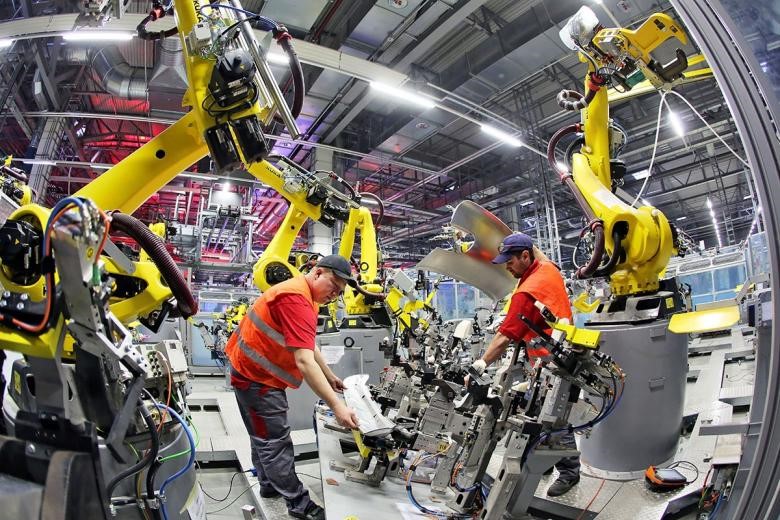In the wave of global industrial automation, the German robot market has always occupied an important position with its high-end technology and innovation capabilities. However, with the rapid rise of Chinese manufacturers, German local robot manufacturers are facing unprecedented competitive pressure. In this article, China Overseas Semiconductor Network will try to explore the economic and technological factors behind this phenomenon, as well as the impact on the German robot industry.
Competitiveness of Chinese manufacturers
Chinese robot manufacturers have made significant progress in technological innovation and cost control in recent years. According to the International Federation of Robotics (IFR), China has been the world's largest industrial robot market for many years, and its local manufacturers are also expanding their market share. By providing cost-effective products, these manufacturers have begun to compete with traditional robot powers such as Germany in the international market.
Challenges for the German market
According to the German Mechanical Engineering Industry Association (VDMA), domestic orders fell by 15% year-on-year in the first four months of 2024, while overseas orders increased by 21%. This data reflects that the German robot industry is facing a contraction in the domestic market, but there is still some growth potential in overseas markets.

Pictured: Robots and human workers collaborate to build a car
Economic and technological implications
The challenges of the German robotics industry come from many sources. First of all, the weak domestic economy, including rising energy costs and cumbersome administrative approvals, has affected the investment and development of enterprises. Second, the technological advances and market strategies of Chinese manufacturers pose a direct competitive threat to Germany. The VDMA expects sales in the German robotics industry to grow by only 2% to 16.5 billion euros in 2024, almost the same as last year, showing a trend towards slower growth.
Coping strategies and market adjustments
In the face of fierce market competition, the German robot industry needs to take a series of countermeasures. This includes increasing R&D investment, driving technological innovation, optimizing production costs, and strengthening cooperation with international markets. At the same time, the German government and industry associations need to provide the necessary support, including financial incentives and policy facilitation, to help companies become more competitive.
Conclusion
The challenges of the German robotics industry are manifold, but at the same time the opportunities lie. The rise of Chinese manufacturers has prompted German manufacturers to accelerate the pace of technological innovation and market adjustment. Through effective strategic adjustment and policy support, the German robot industry is expected to find its own development path in the new market environment and continue to maintain its leading position in the field of global industrial automation.






